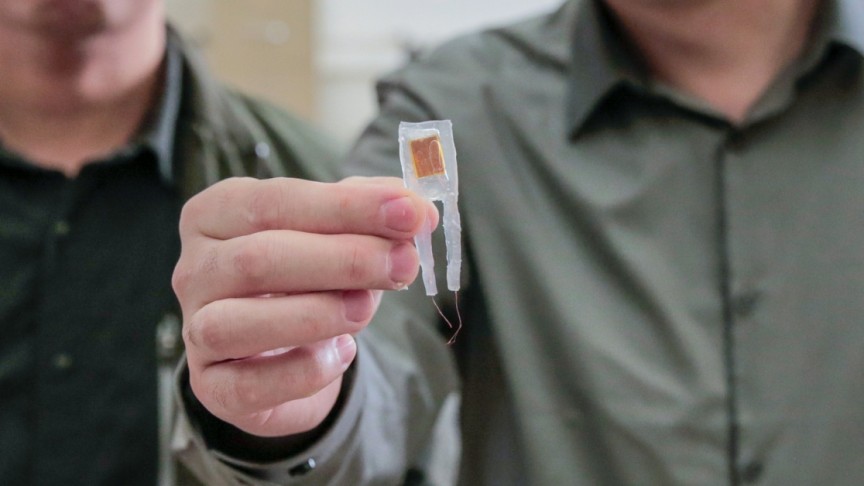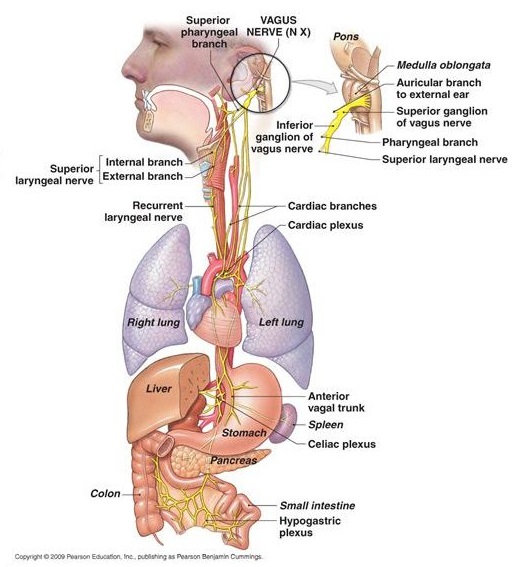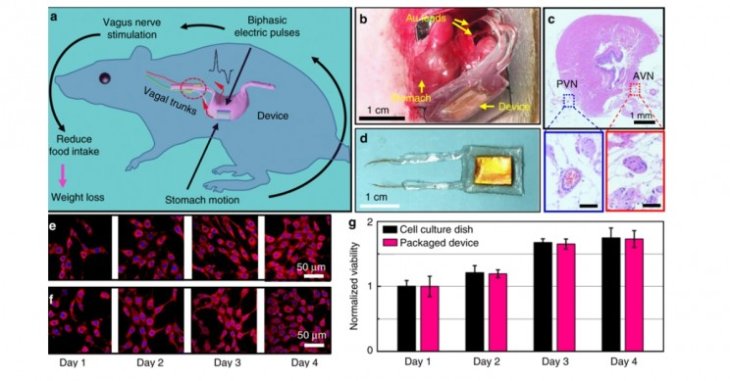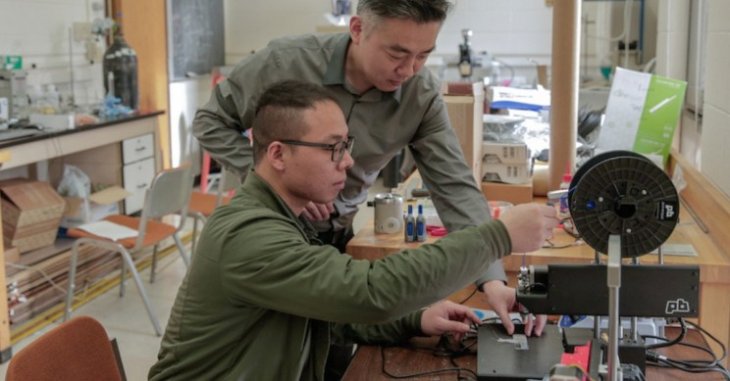This Neural Implant Smaller Than 1cm Will Help You Lose Weight
Rishu Mayadev - Dec 20, 2018

By implanting a small weight-loss stimulating device, scientists may have successfully developed an innovative weight-loss method.
- New Brain Implant Allows Injured People To Control Two Prosthetic Arms At The Same Time
- Implants Help People Regain Eyesight By Sending Images Directly To The Brain
- Prosthesis Technology Is Now Promising Than Ever With This Mind-Controlled Hand
By implanting a small weight loss stimulating device initiated by the stomach’s movements, scientists have probably succeeded in developing an innovative and non-invasive way to aid weight loss.

With the development of industrialization in the food sector and considerable advances in urbanization, the number of people suffering from obesity around the world has reached the most significant number ever recorded.
The cause of obesity is taking in more calories than what the body requires to function. This creates considerable risks of suffering from a huge number of long-term diseases such as kidney diseases, cardiovascular diseases, cancers, etc. Furthermore, obesity treatment incurs enormous expenses for the international healthcare system.
Multi-sided research that includes deep learning techniques, for example, analyzing satellite photos with artificial intelligence, and studying how migration to the US affects diet, is providing hints.
Another part of this discussion is the increase in the number of research studies aiming at formerly-analyzed techniques for stimulating weight loss, which involves making alterations to cells or molecules.
Currently, an implant that is believed to be able to reprogram several of the core feelings linked to the regulation of our appetite has been developed by a group of scientists at the University of Wisconsin-Madison. In particular, this research focuses on the vagus nerve.
The solution lies in an implant
The vagus nerve (or CN X) is the 10th among 12 cranial nerves, a group that stimulates our organs, skin, and muscles. CN X is also the longest nerve and has a role in controlling our heart, lungs, and digestive system.
The vagus nerve plays a crucial role in losing weight because it assists the sensory information that influences our esophagus and most of the digestive system. It even demonstrates a small contribution to the feeling of tastes in one area of the tongue.

Vagus nerve
The scientists state that the CN X stimulation structure composes of an adaptable and biocompatible nanogenerator, which will be linked to the stomach’s surface and produce two-phase electric pulses in response to the involuntary constriction and relaxation of the stomach.
The scientists used 3D printing technology to manufacture the implant with the size of more than 1cm for lab mice. In 100 days, the mice reached an undeviating average body mass of 350g. More significantly, this figure was 38% lower than the result seen from the control groups.
Xudong Wang, a materials science and engineering professor at the University of Wisconsin-Madison and also the major investigator this research project, stated, “The device produces pulses that coordinate with movements of the stomach, producing a natural reaction to aid the regulation of food consumption.”

A simple design
With the goal of constructing a straightforward design, Wang and the research team created a device that doesn’t include any complicated wire system, no electronic component or battery. Thus, the movements of the stomach act as the stimulus to activate the implant.

Wang described that the implant automatically reacts to our body’s function, only generating stimulation when necessary. The human body knows what’s best for it.”
Hopefully, the researchers will eventually be able to create research studies that include human trials if they can expand the extent of their study to involve larger animal test subjects and still accomplish similar results.
Wang is optimistic about the implant, saying the team expects this implant to have a higher level of efficiency and convenience than other technologies.” Based on the indications, with enough resources and time, the researchers will develop a non-invasive and reliable implant that stimulates weight-loss.
More detailed information on the research project can be found in the article titled “Effective weight control via an implanted self-powered vagus nerve stimulation device” published in the Nature Communications journal on December 17th.
Featured Stories

Features - Jul 01, 2025
What Are The Fastest Passenger Vehicles Ever Created?

Features - Jun 25, 2025
Japan Hydrogen Breakthrough: Scientists Crack the Clean Energy Code with...

ICT News - Jun 25, 2025
AI Intimidation Tactics: CEOs Turn Flawed Technology Into Employee Fear Machine

Review - Jun 25, 2025
Windows 11 Problems: Is Microsoft's "Best" OS Actually Getting Worse?

Features - Jun 22, 2025
Telegram Founder Pavel Durov Plans to Split $14 Billion Fortune Among 106 Children

ICT News - Jun 22, 2025
Neuralink Telepathy Chip Enables Quadriplegic Rob Greiner to Control Games with...

Features - Jun 21, 2025
This Over $100 Bottle Has Nothing But Fresh Air Inside

Features - Jun 18, 2025
Best Mobile VPN Apps for Gaming 2025: Complete Guide

Features - Jun 18, 2025
A Math Formula Tells Us How Long Everything Will Live

Features - Jun 16, 2025
Comments
Sort by Newest | Popular